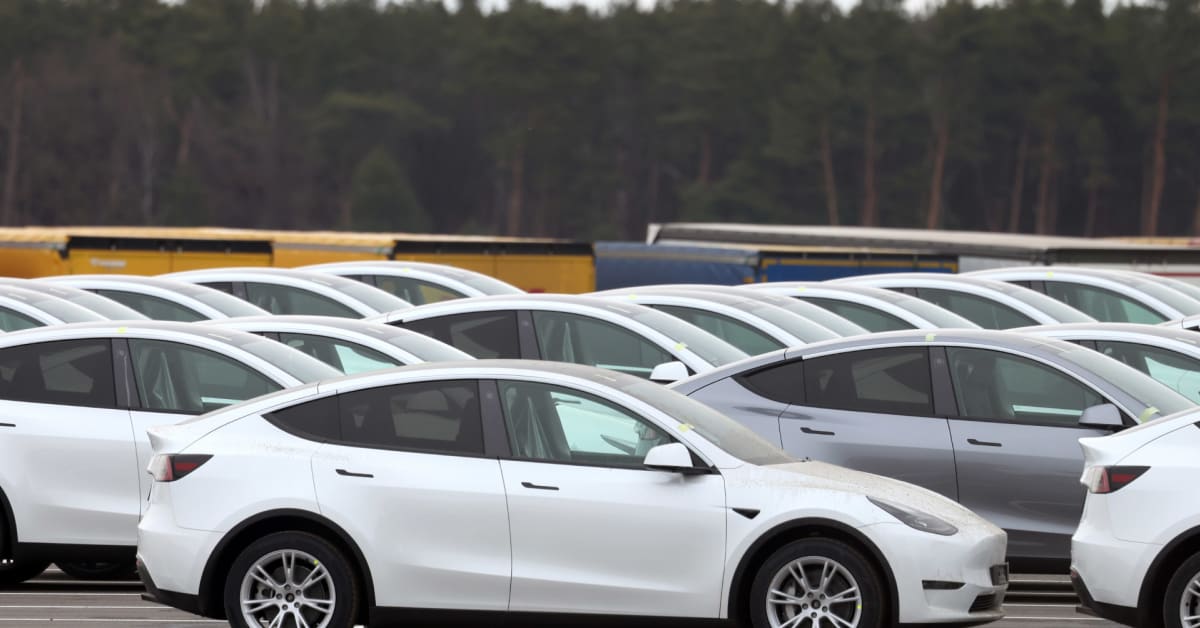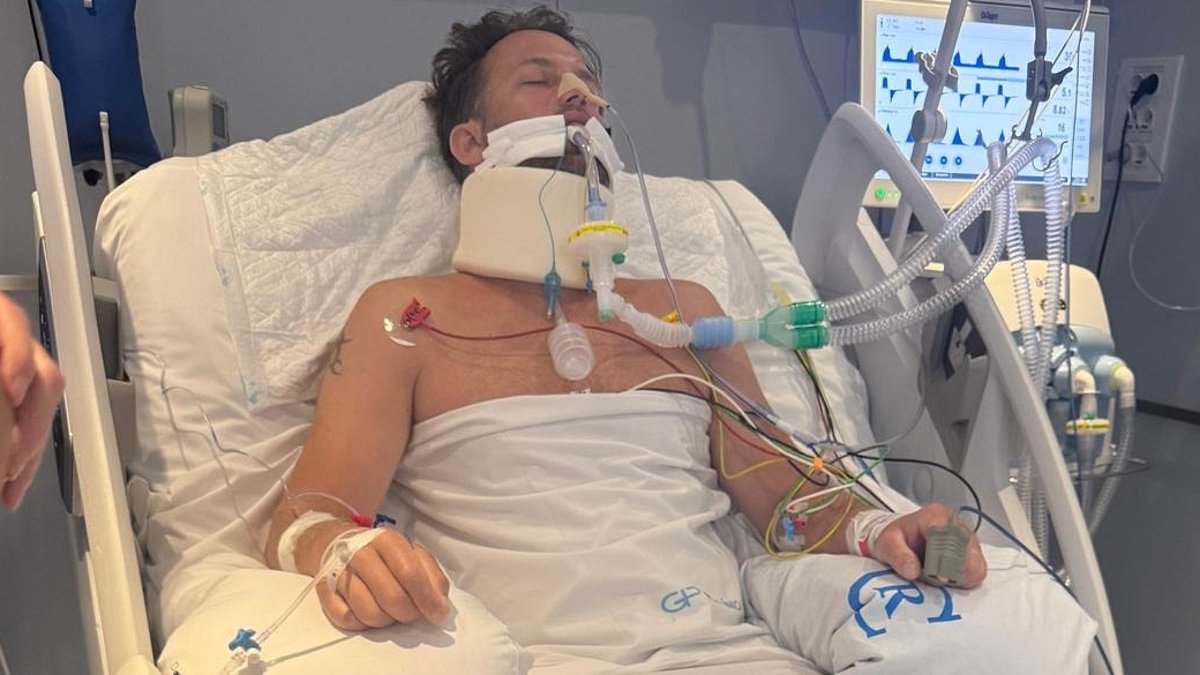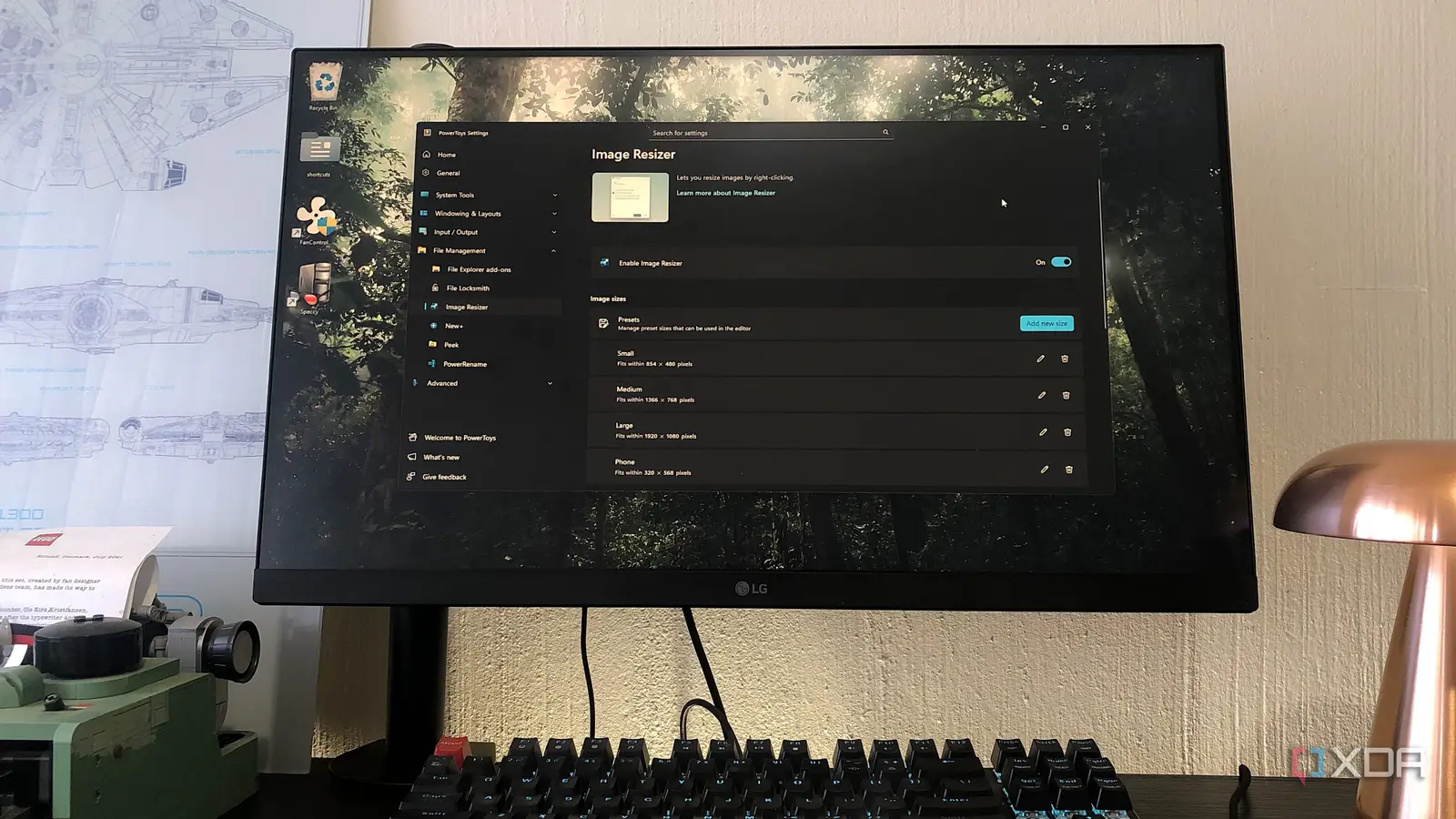
Who says that government regulators don’t do anything to protect the public?
Less than 24 hours after the National Highway Traffic Administration (NHTSA) opened an investigation into the door handle mechanism on about 174,000 Tesla Model Ys from the 2021 model year, Tesla is looking to make changes.
On Tuesday, the NHTSA announced that it is in the second phase of its three-step process to issue a recall on the popular Tesla Model Y over an electrical issue that could cause the door handle to fail.
The government agency is investigating after receiving reports of parents being unable to open the doors of their vehicles with children trapped in the car.
“The most commonly reported scenarios involved parents exiting the vehicle after a drive cycle in order to remove a child from the back seat or placing a child in the back seat before starting a drive cycle. In those events, the parents were unable to reopen a door to regain access to the vehicle,” the NHTSA said.
On Wednesday, a company executive said that Tesla wants to make changes.
Tesla to change door handle mechanism as NHTSA opens investigation
Tesla is looking to combine its electronic and manual door-release mechanisms, longtime design chief Franz von Holzhausen told Bloomberg News (subscription required) on Sept. 17, so that the two mechanisms are no longer in separate locations.
The move should make the handles more intuitive for occupants “in a panic situation,” according to von Holzhausen.
Tesla is also currently studying details about reports of a top China regulator considering a ban on fully concealed door handles.
The NHTSA has received over 140 consumer complaints about doors on various Tesla models getting stuck, not opening, or malfunctioning since 2018.
Tesla has a door handle problem that has been “overlooked”
At least four parents in the NHTSA investigation were forced to break the back window to access the vehicle.
The NHTSA says its initial review suggests that the issue appears to arise when the electronic door locks don’t receive enough voltage from the vehicle.
The agency says repair invoices report that the affected vehicles had their low-voltage batteries replaced after the incidents. Still, none of the owners reported seeing a low-voltage battery warning before the door handles failed.
Reporting is the first step, and investigation is the second step. The NHTSA could then issue a recall shortly after its investigation is completed.
Last week, Bloomberg reported on how dangerous Tesla’s fully concealed door handles could be if the vehicle lost power after a crash.
“Tesla engineers went wildly in the direction of automation and overlooked what happens to the human body after a crash,” Charles Mauro, founder of Mauro Usability Science, a New York consulting firm that specializes in human factors engineering, told Bloomberg.
“Musk’s idea is a computer on wheels, but the design of the door locks was overlooked.”



